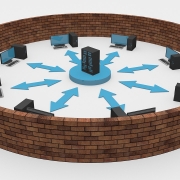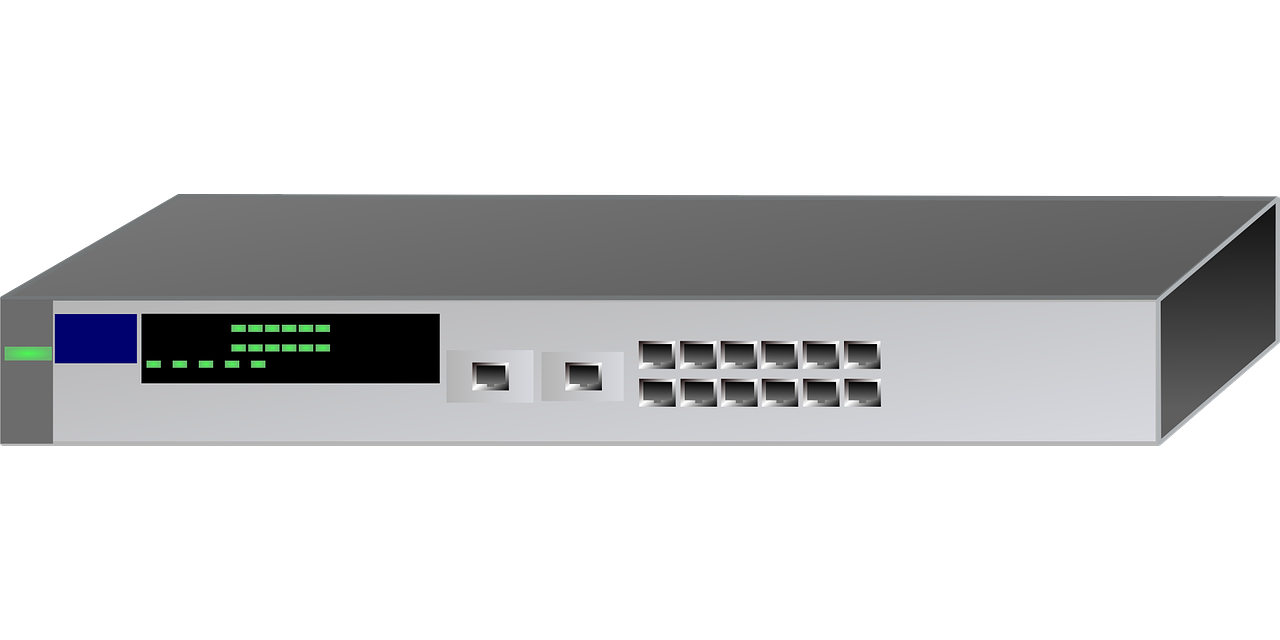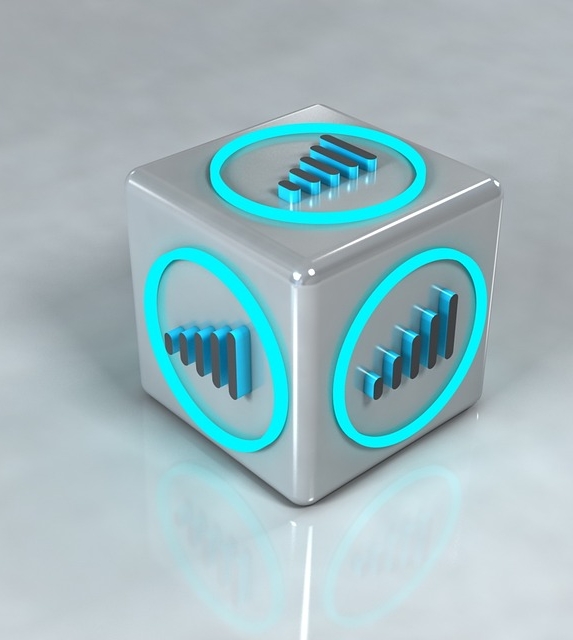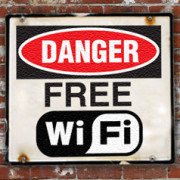3 WAYS YOU COULD BE ATTACKED WHEN USING PUBLIC WIFI
By Jeandre de Beer / Kim Komando
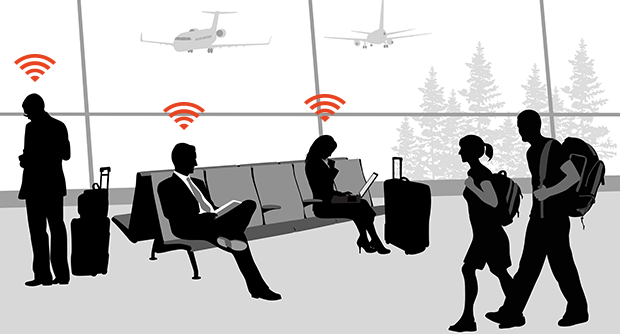
When you’re out of the office and running out of data on your cellular plan, finding free public Wi-Fi is easier than ever before, but free public Wi-Fi comes with a cost – security risks.
You can find free Wi-Fi hotspots everywhere, and you can even search for them before you travel using an app like Free Wi-Fi Finder. Just keep in mind that crooks have several ways to steal your information when you’re using a free Wi-Fi hotspot.
Here are three of the most popular methods, and some tips on how to protect yourself.
1. Fake Wi-Fi networks
Most free Wi-Fi comes courtesy of a coffee shop or hotel, but that free network might actually be a hacker-run router.
Hackers have no problem setting up a router in a public area and naming it something like “coffee shop Wi-Fi” or “free hotel Wi-Fi.” It might even use the name of a business in the area. Plenty of people will connect without thinking.
A hacker might also set up next to a legitimate Wi-Fi network and give his network the same name. Even if you spot the duplication in the network list, you won’t know which one is safe.
Once you connect to the hacker’s network, he can start scanning your gadget for weaknesses and infect your device with viruses or spy on your browsing. He can also redirect your browsing so you end up on malicious websites.
How do you stay safe?
Read more










